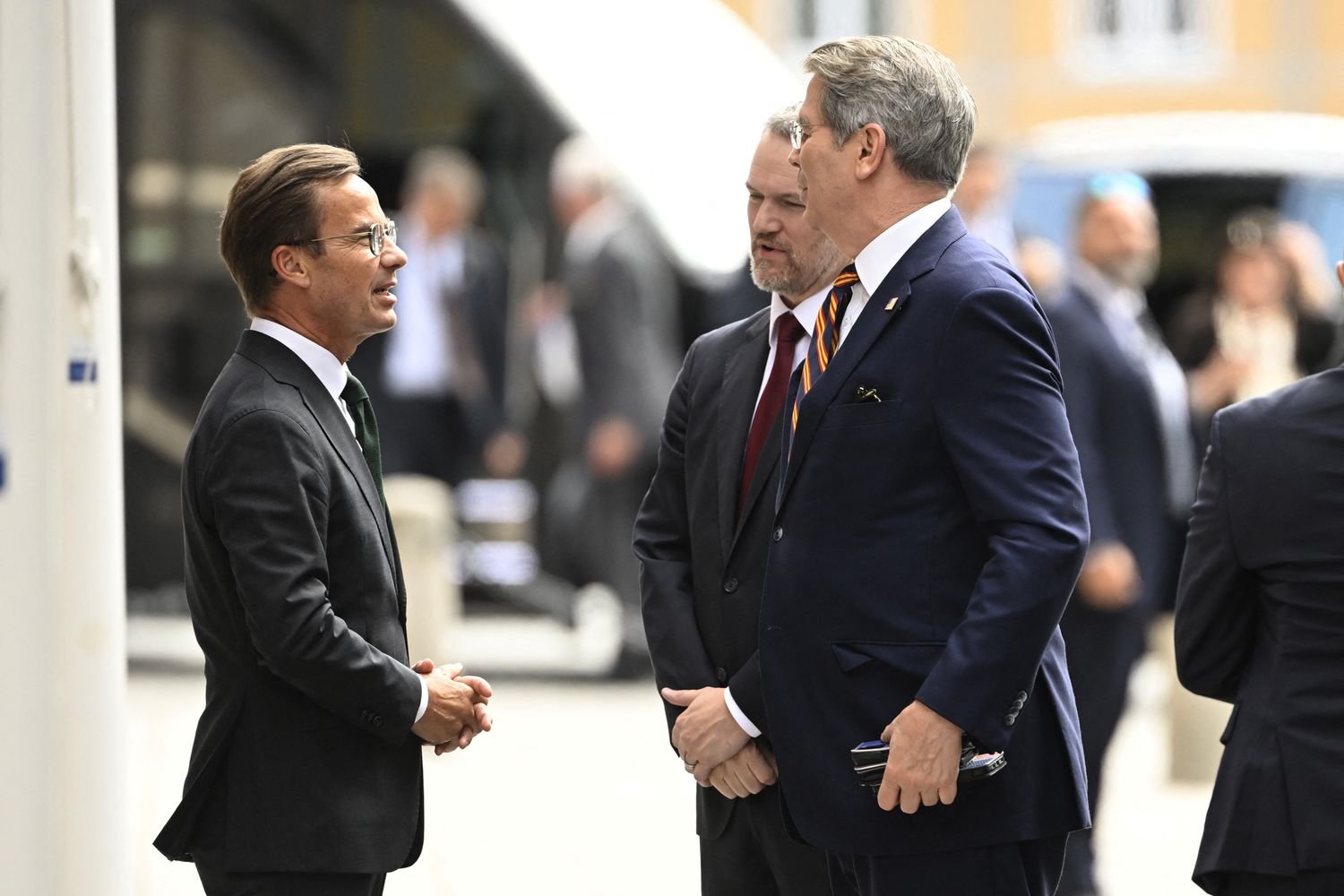:max_bytes(150000):strip_icc():format(jpeg)/GettyImages-2226742222-965657f54b854eb78a5652bb5700d3b9.jpg)
Key Takeaways
- Representatives of the U.S. and China are meeting in Stockholm on Monday and Tuesday to extend a trade truce.
- U.S. tariffs on China are set to be ratcheted up to 145%, a virtual trade embargo, if a deal is not struck by Aug. 12.
- President Donald Trump has demanded that China crack down on fentanyl smuggling, among other things, as a condition of lowering tariffs.
- China had retaliated against American tariffs with its own import taxes and cut off the U.S. from rare earth minerals used in advanced manufacturing.
Top officials from the world’s two largest economies are meeting in Stockholm, Sweden, this week to avert a trade war.
According to press reports, talks kicked off Monday and were scheduled to continue Tuesday. Treasury Secretary Scott Bessent and Trade Representative Jamieson Greer represented the U.S.
“The conversations are constructive and they’re going in the right direction,” Greer told MSNBC in an interview Monday.
Greer said he didn’t know whether the two sides would reach a deal or if the August 12 deadline for ultra-high tariffs to go back into effect would be extended. According to press reports, buying more time is a major goal of the talks.
The two countries agreed to a 90-day trade truce in May. Before that, President Donald Trump had raised tariffs on Chinese goods as high as 145%, with the Chinese retaliating in kind, virtually shutting down trade between the two countries. Even after the truce, tariffs remain high, at 55% on most Chinese products entering the U.S.
Economists have warned that U.S. consumers could be among the first to be hurt by an escalating trade war. The U.S. imports many consumer products from China. Prices for toys, sporting goods, and other manufactured products have already gone up in response to the tariffs.
Several other major trade agreements have been announced in recent weeks. The U.S. has reached broad framework agreements with some of its most important trading partners, including Japan and the European Union. However, details of the agreements have yet to be set in stone.
Trump has said tariffs are meant to encourage manufacturers to set up factories in the U.S., raise money to run the government, and be used as leverage to lower other countries’ trade barriers to U.S. companies.
Source link
